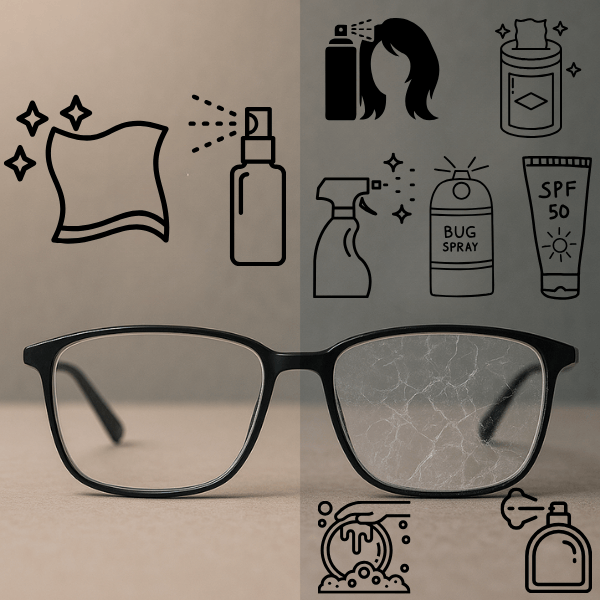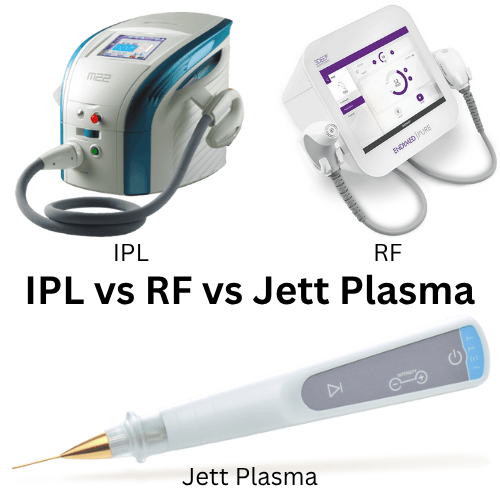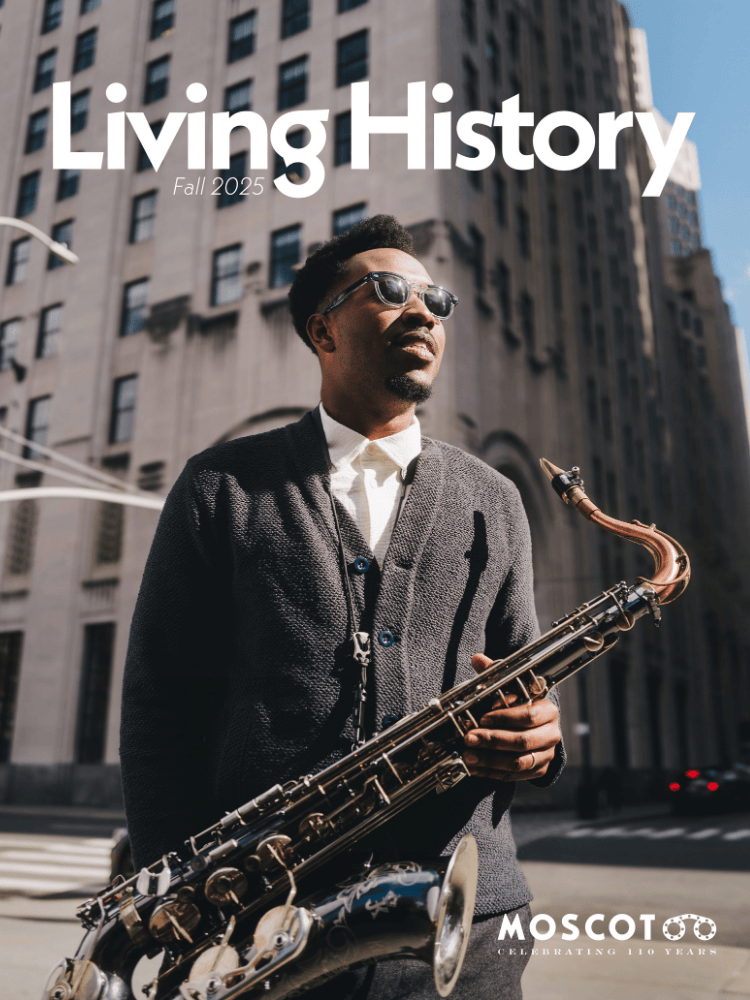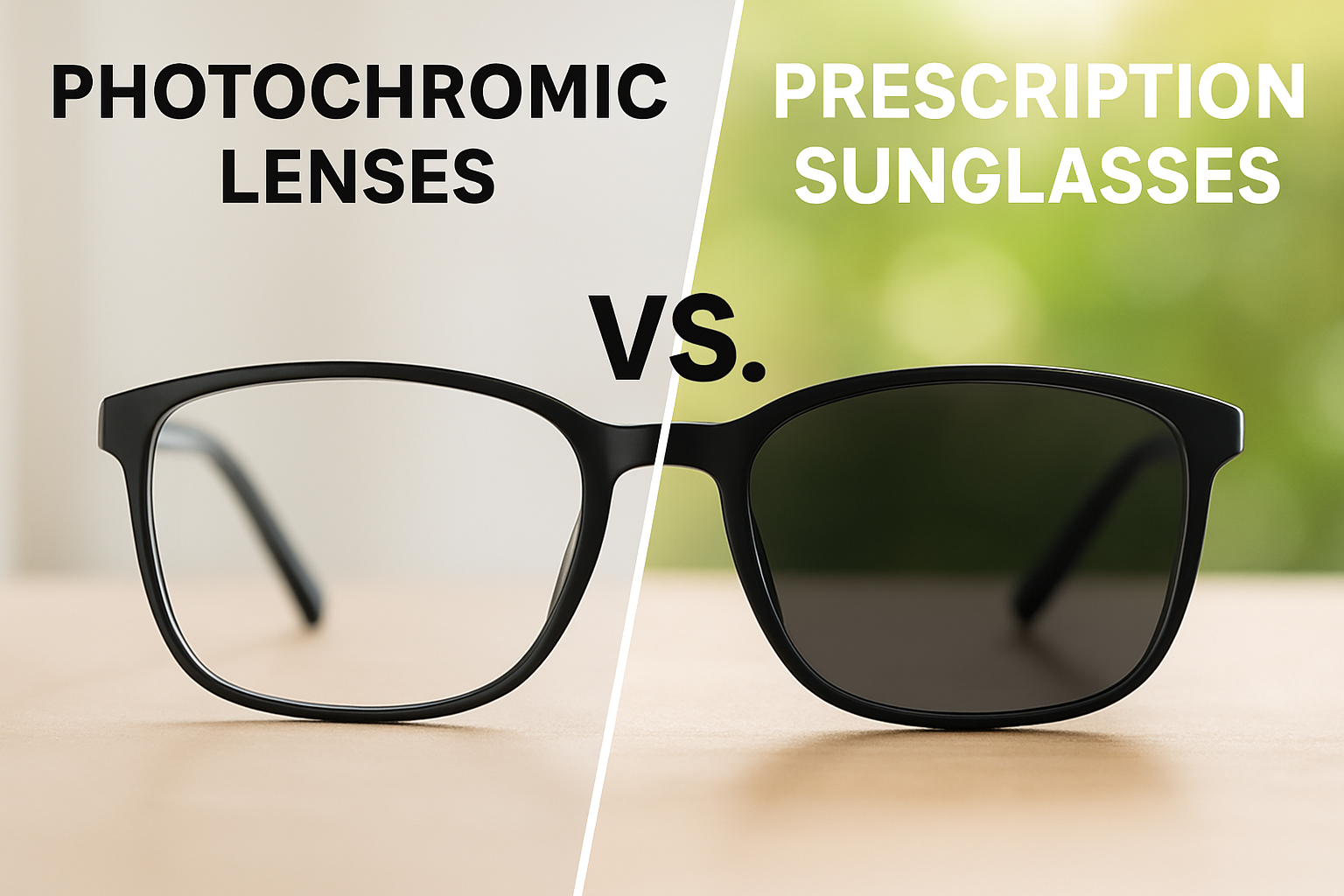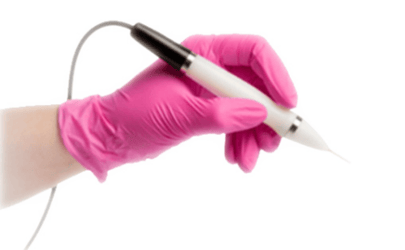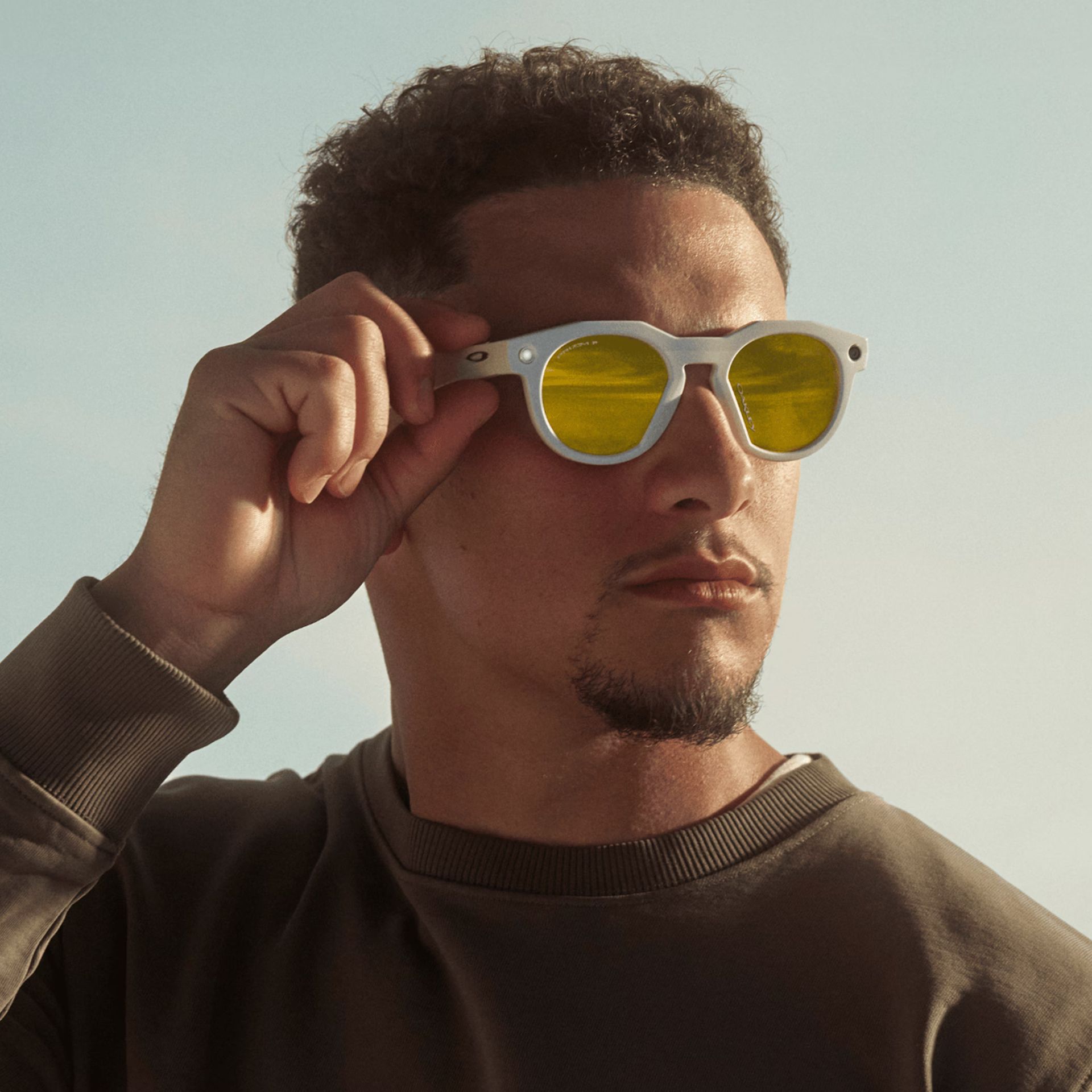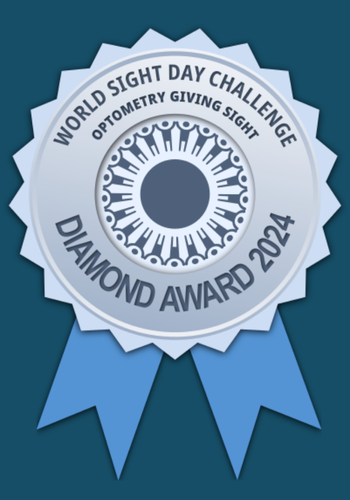UNDERSTANDING EYE STROKE: CAUSES, SYMPTOMS AND TREATMENT OPTIONS
What is an “Eye Stroke”?
A blockage of one of the tiny blood vessels that supplies the retina is often called an “eye stroke”. It may cause permanent loss of vision in all or part of the eye, depending on which vessel is affected.
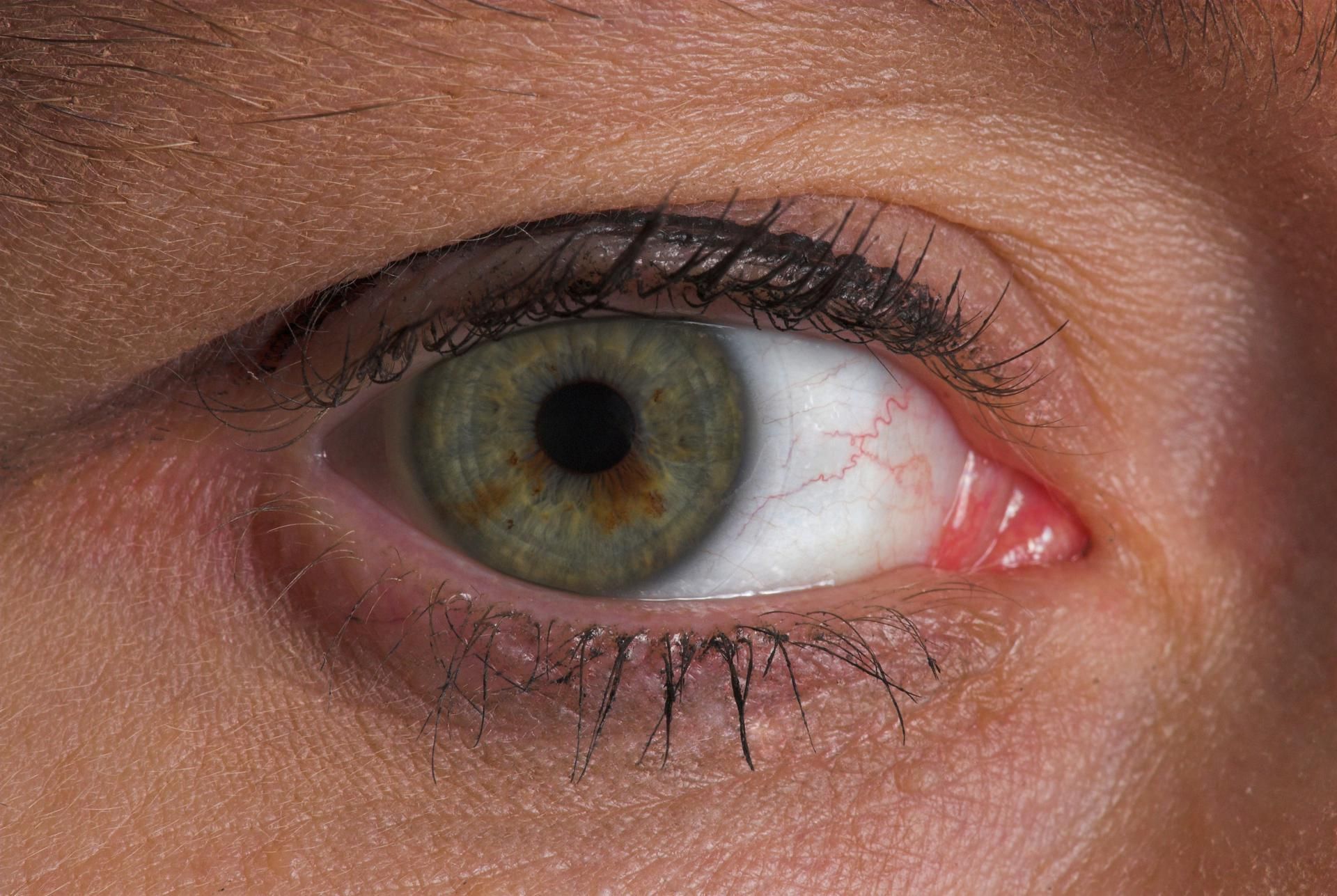
Causes of Eye Stroke
An eye stroke can happen when the blood supply to the retina is interrupted. This may be caused by a piece of material (most commonly cholesterol, Calcium, or a blood clot) travels downstream and becomes lodged within a narrow blood vessel of the retina. The material causing the blockage is known as an “embolism”. There are many health conditions that may lead to emboli, such as high cholesterol, autoimmune disease such as Lupus or Rheumatoid arthritis, sickle-cell anemia, and temporal arteritis.
Sometimes an eye stroke may happen for other reasons, such as if the pressure within the eye increases to very high levels.
Symptoms of Eye Stroke
Sudden, painless loss of vision in one eye is the predominant symptom of an eye stroke. A section of vision (off to the side, or above or below straight ahead) may be affected, or the entire field of vision.
Diagnosis of Eye Stroke
The best way to know if an eye stroke has occurred is to visit your MVO optometrist. Sudden loss of vision should always be evaluated urgently (as soon as it occurs). From 9AM to 9PM, seven days a week you may access our urgent care triage system. Outside of these hours please visit your nearest urgent care facility.
A dilated pupil exam is usually necessary to determine if an eye stroke has occurred. Specialized equipment such as Optomap imaging will be used to determine which blood vessels have been occluded, and which part of the eye has been affected.
Treatment Options for Eye Stroke
Unfortunately, once a small artery of the retina has become blocked, the tissue dies very quickly (within a couple of hours) and visual recovery is unlikely. Sometimes the blockage may not be complete, and blood is able to flow around it – in this case the vision loss may not be permanent. Treatment is geared towards stroke prevention and addressing any underlying conditions with medication and other preventive measures to ensure the problem does not happen again.
Preventing an Eye Stroke
Risk factors for developing an eye stroke include having high blood pressure, high cholesterol, heart disease, diabetes, and blood clotting problems. Men have a slightly higher risk than women. Environmental factors that can increase one’s risk for some of these conditions include being overweight, smoking, eating a poor diet or leading a sedentary lifestyle.
If symptoms of transient vision loss (temporary loss of vision affecting one eye typically lasting 20 to 30 minutes) occur, this may be a warning sign of an eye stroke, or one that may occur elsewhere such as the brain. Seek care immediately and report these symptoms to your eye doctor or family physician.
Conclusion
While being diagnosed with a stroke within the eye is not good news, it prompts additional testing which may result in measures to decrease future risks. Speak to one of our eye doctors at your next appointment if you have further questions about eye strokes.

